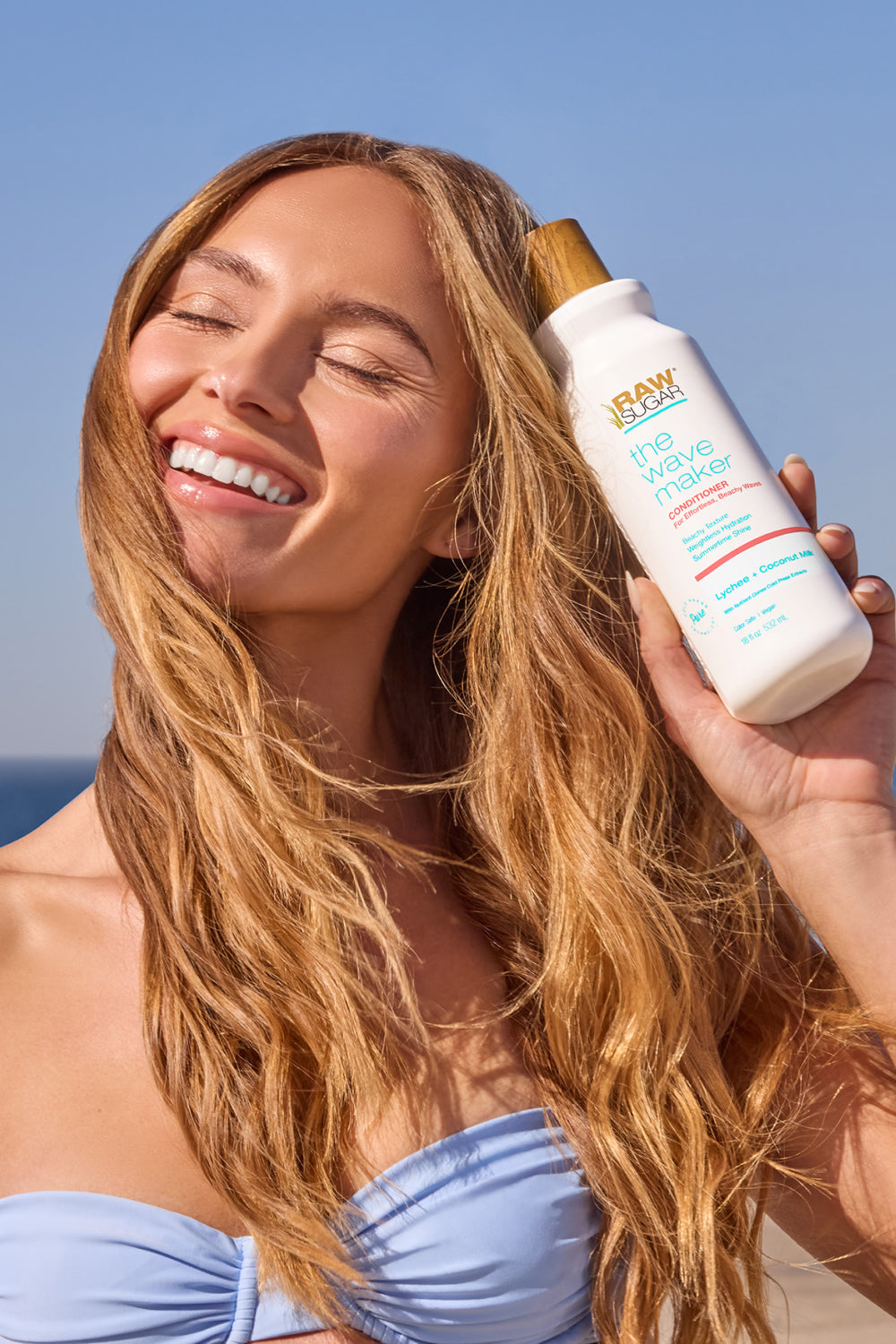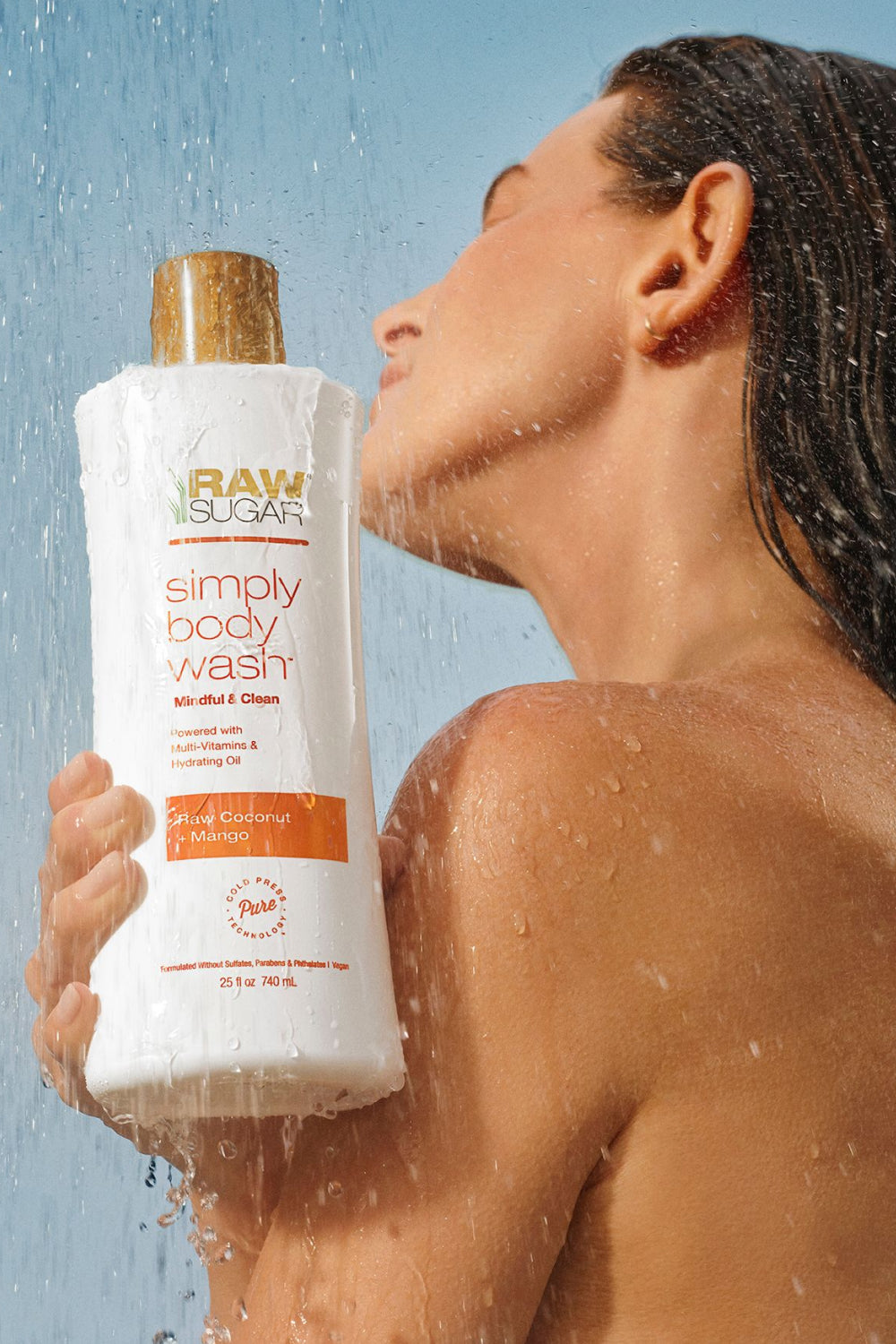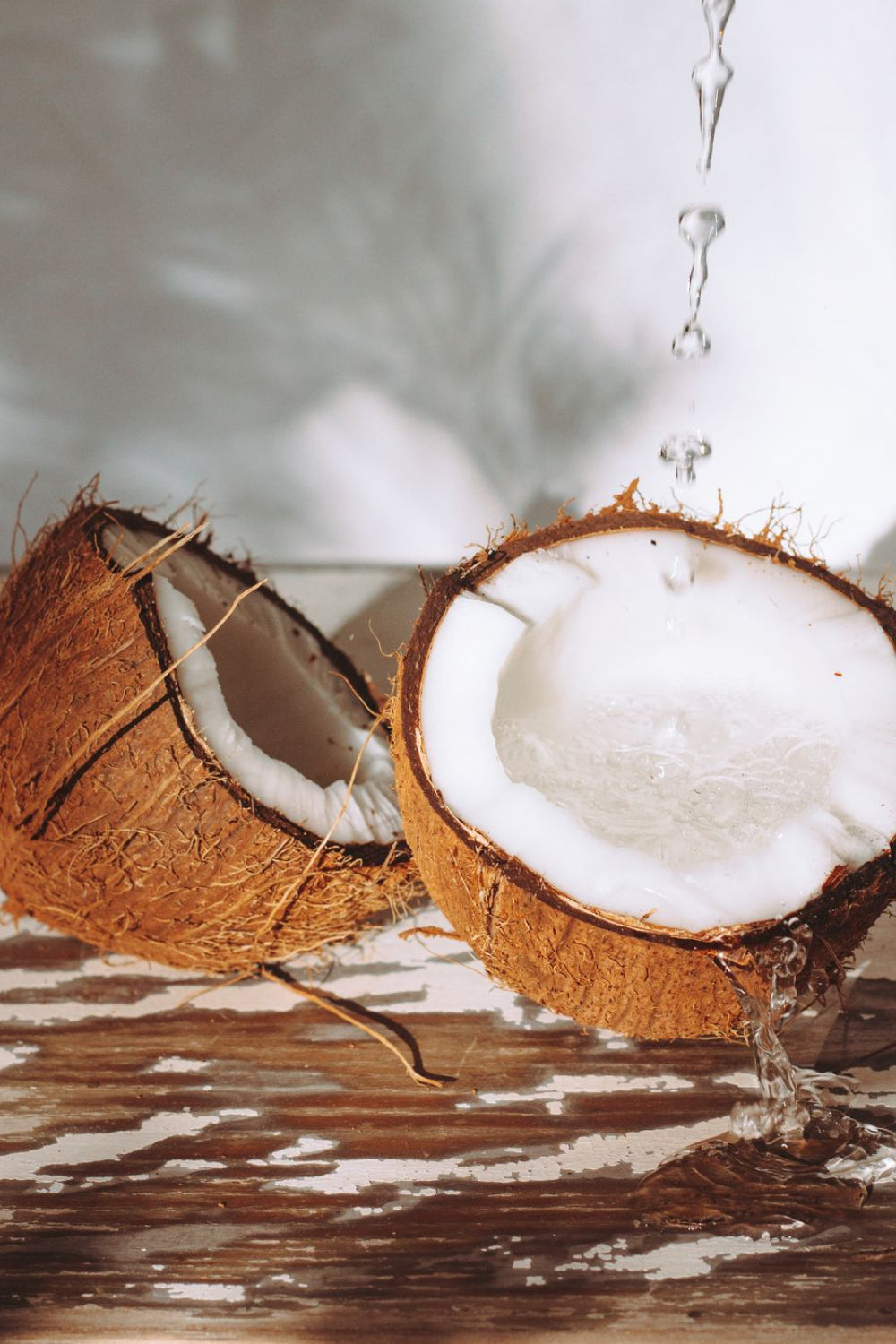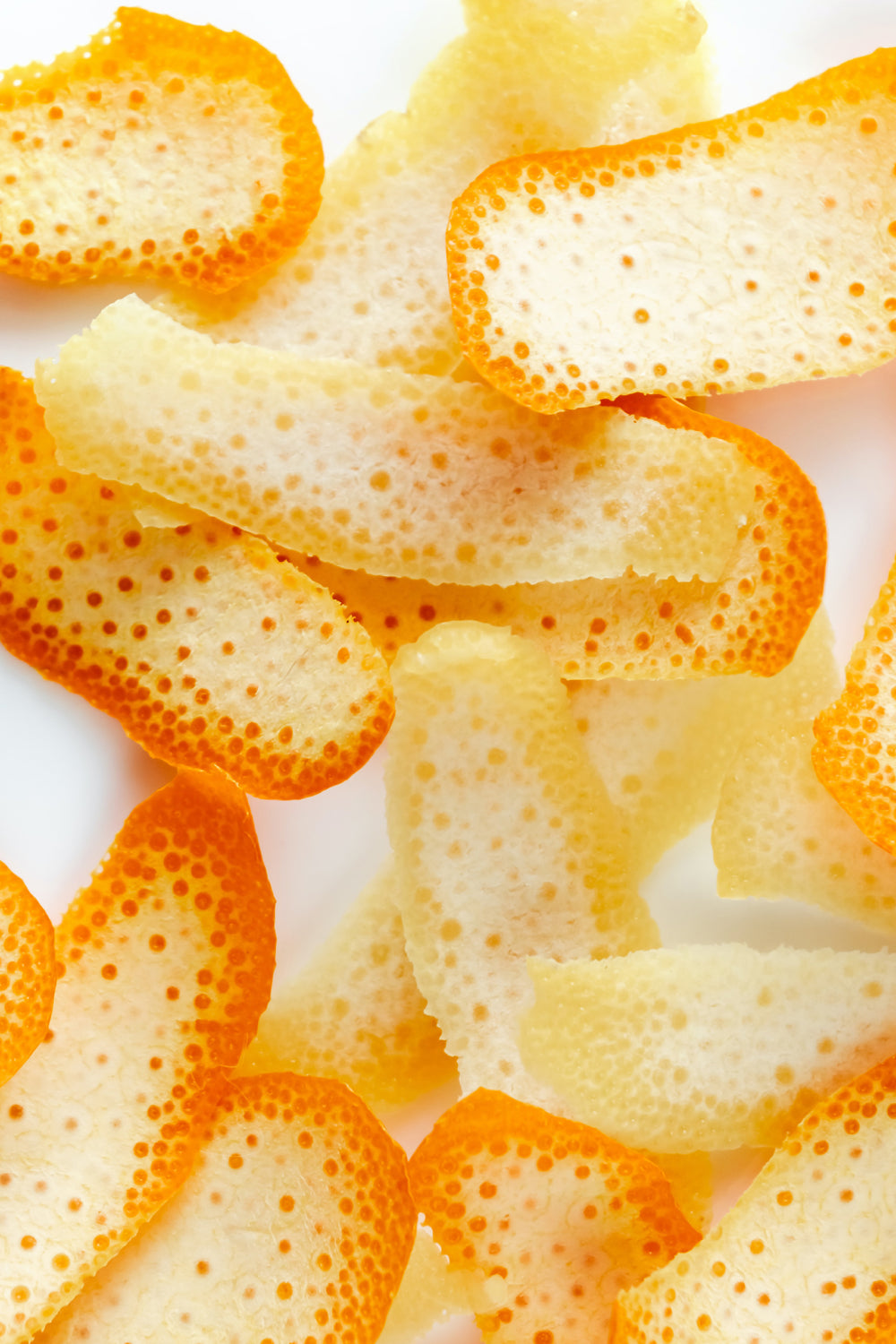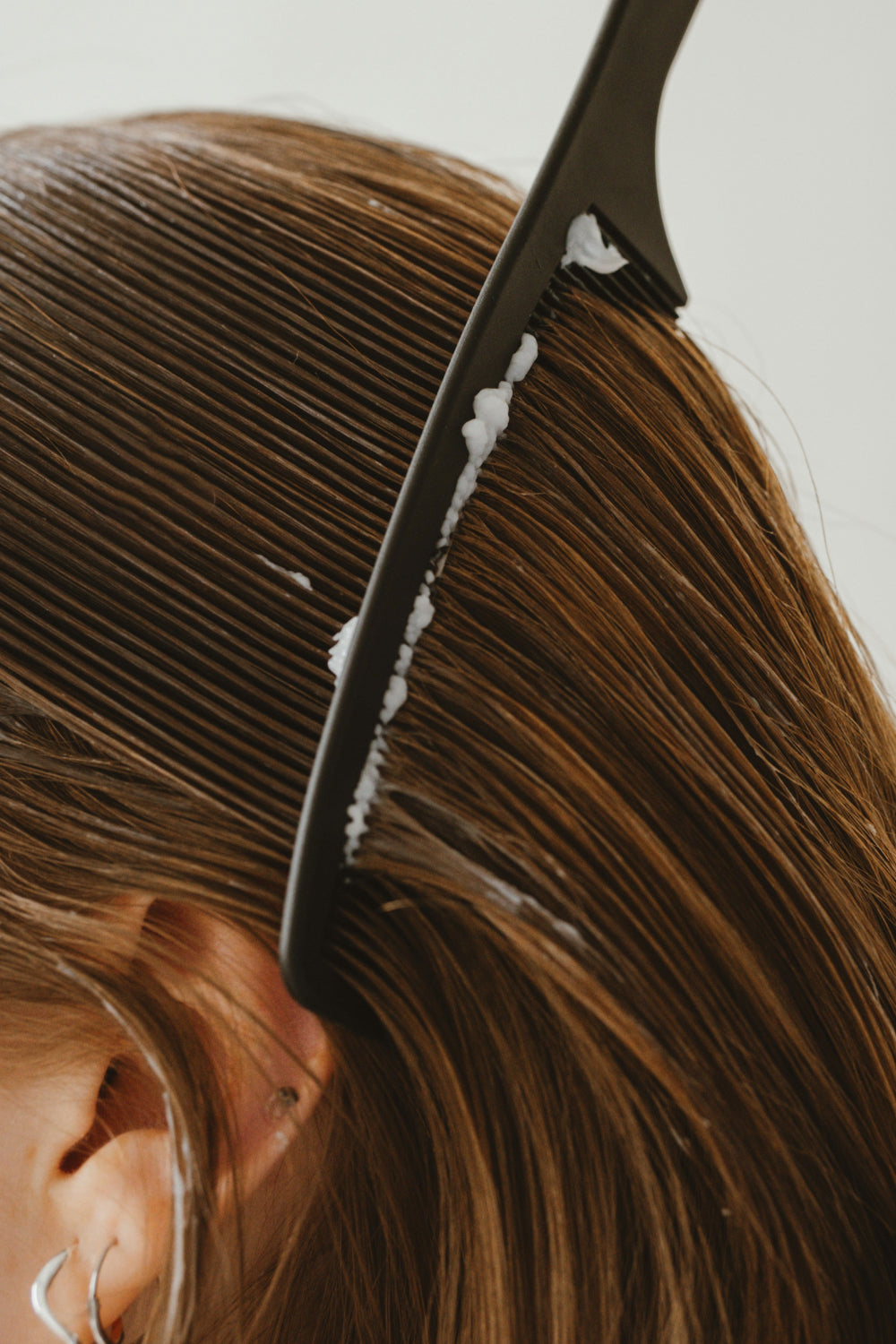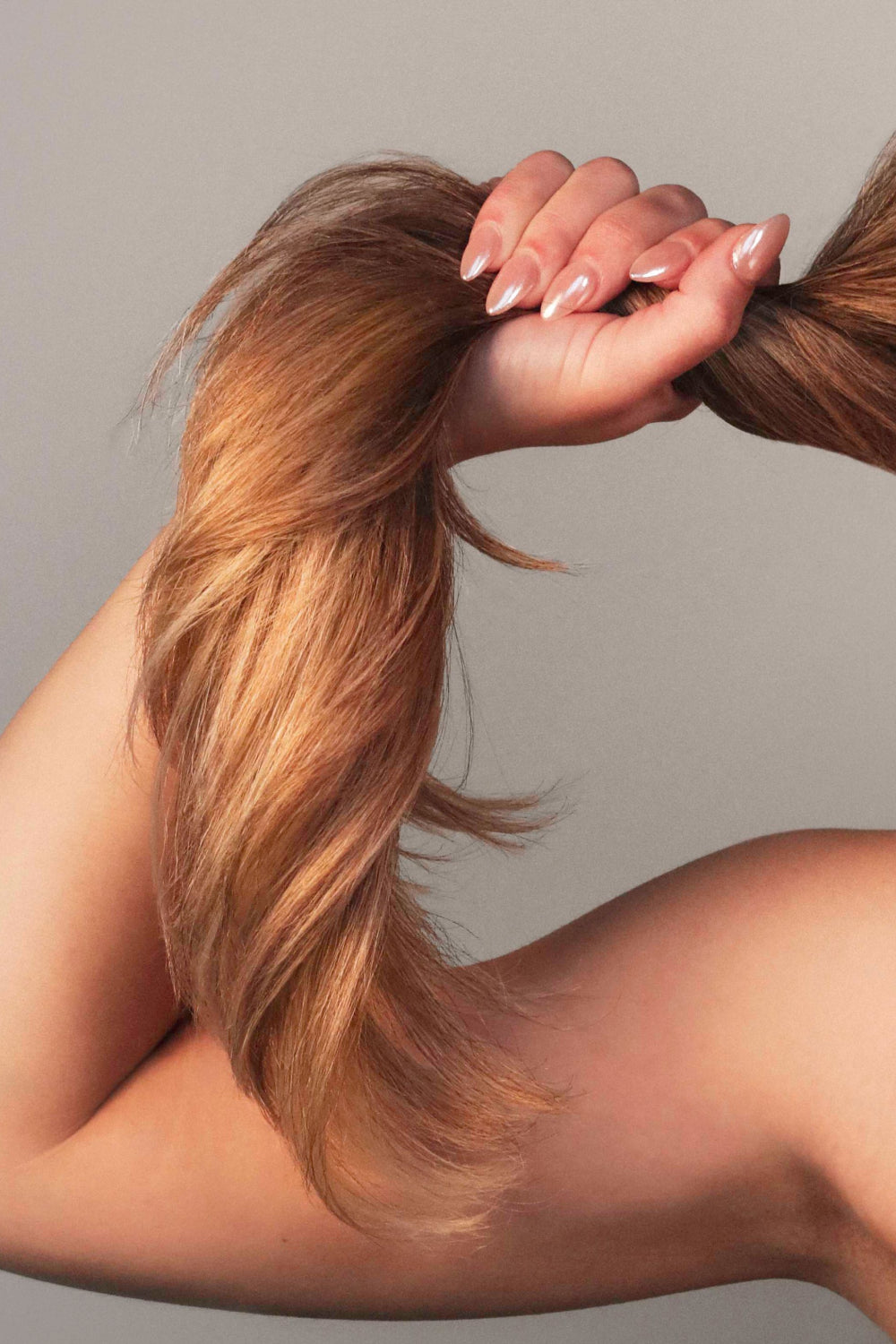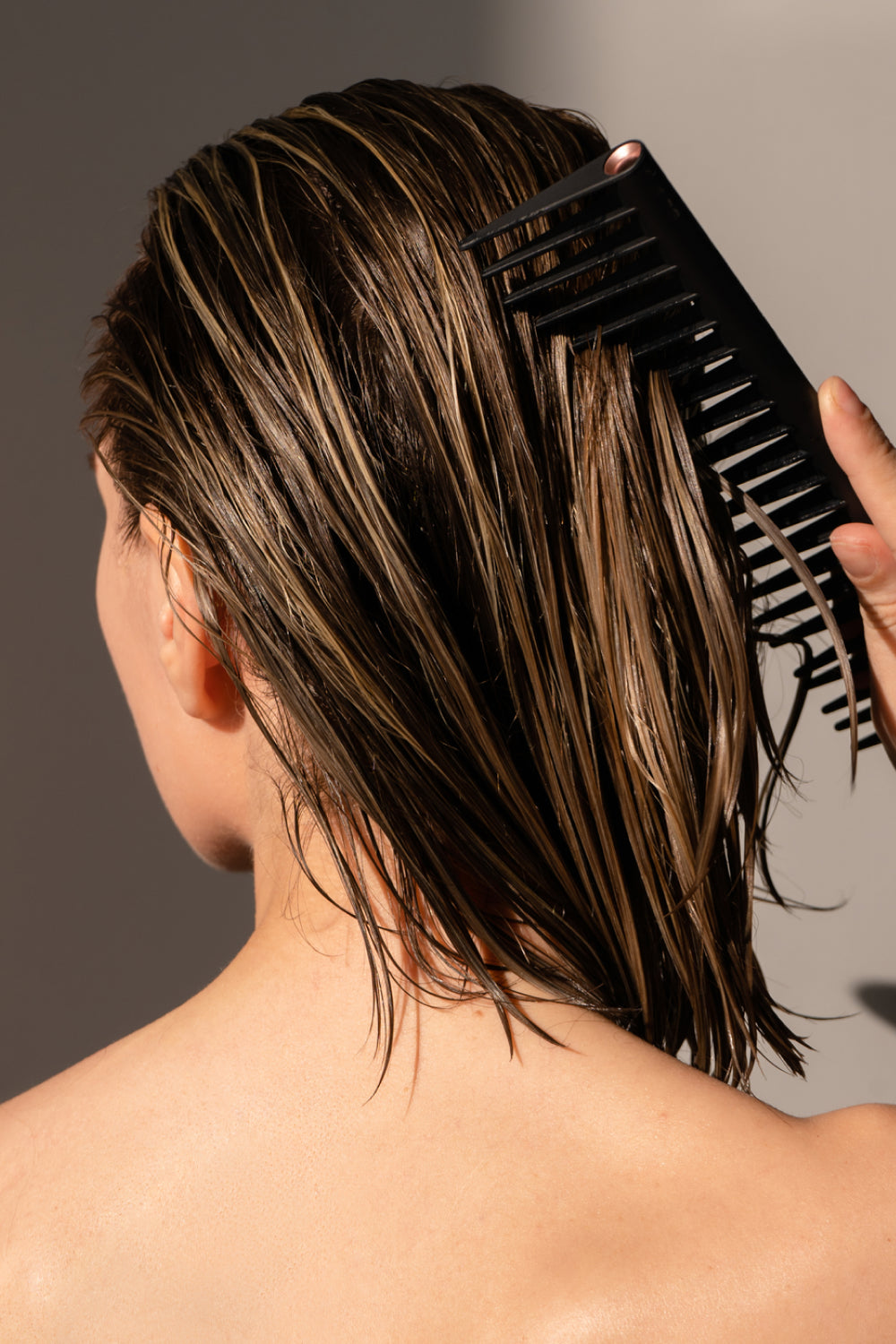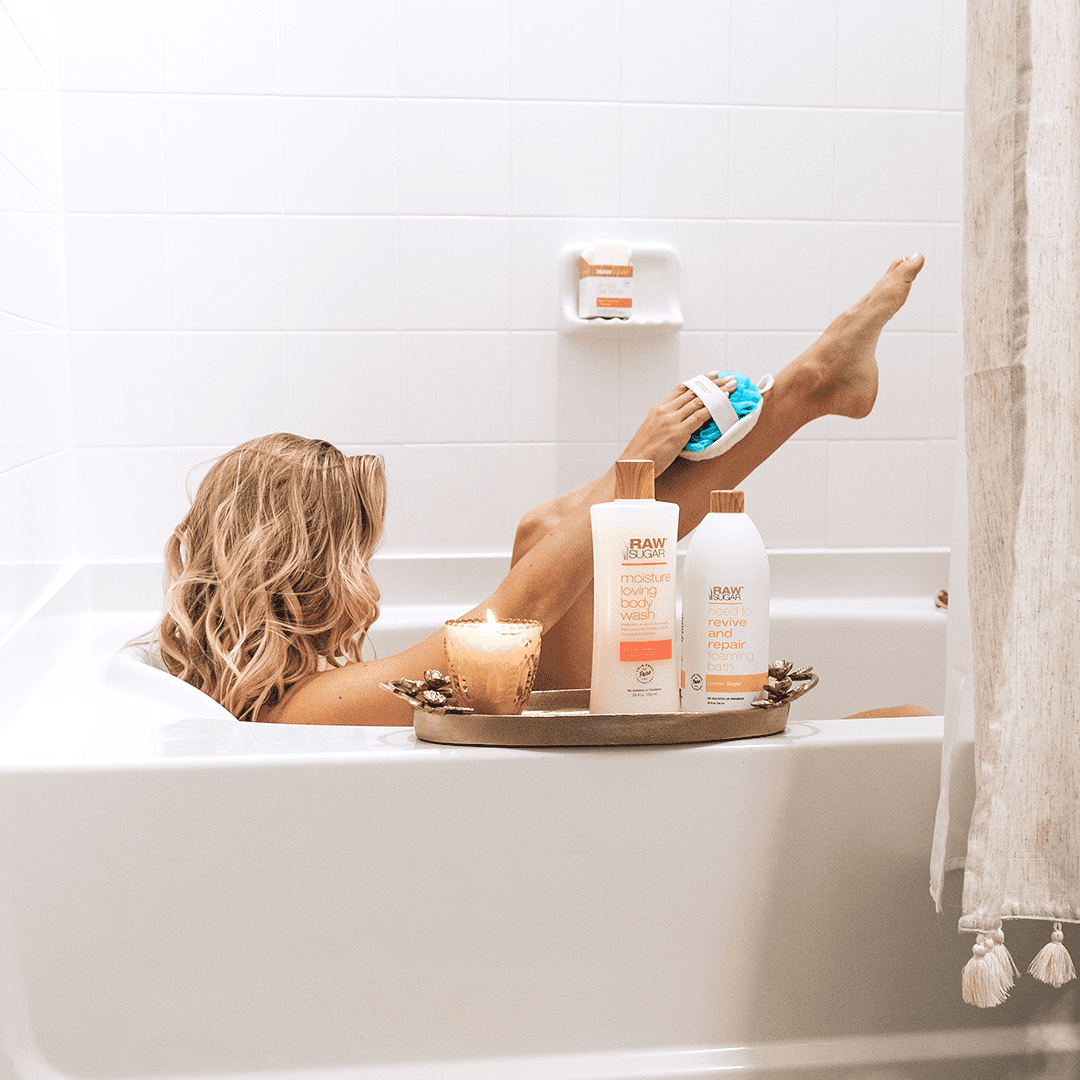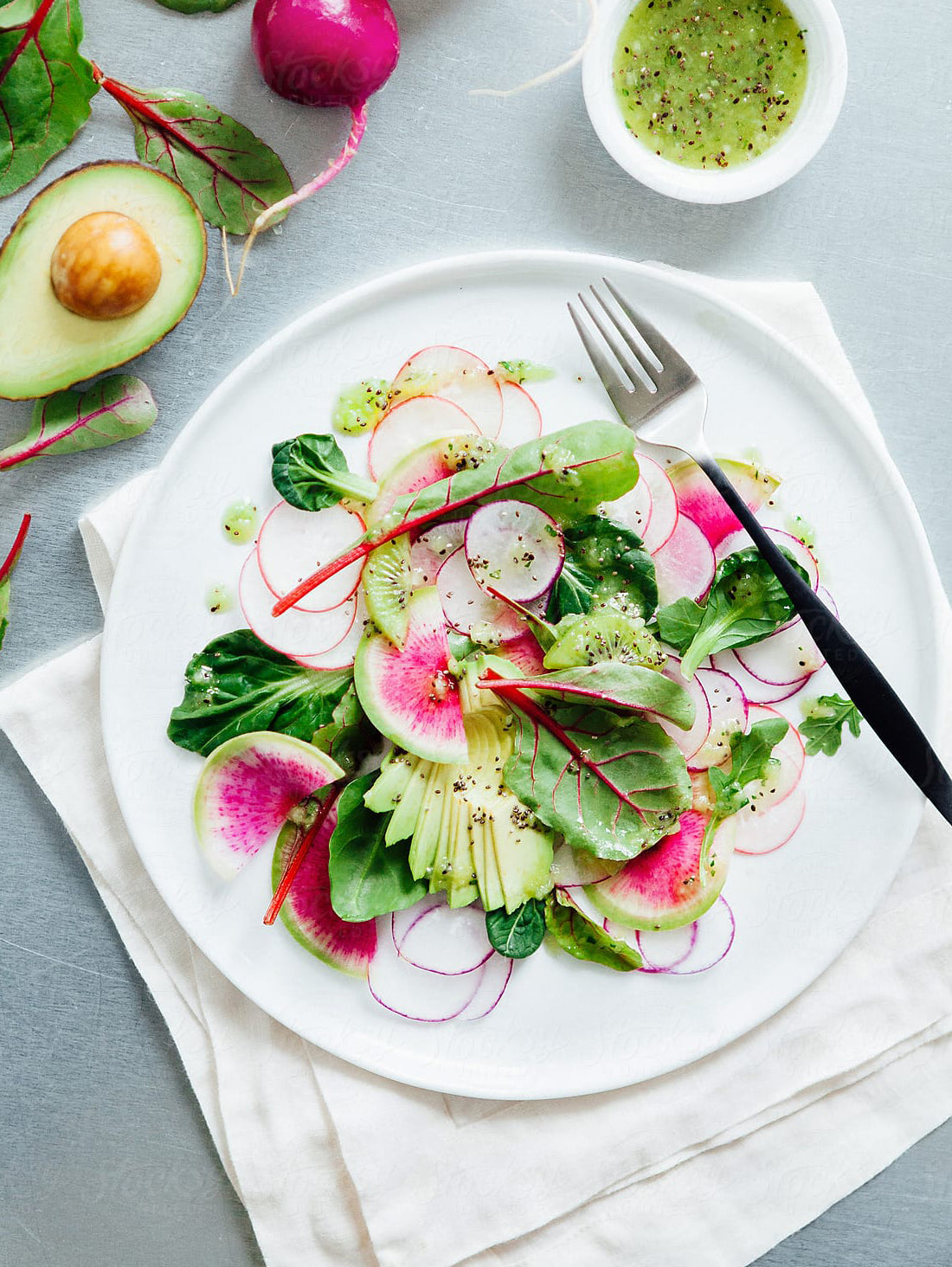Ever wondered how clean your loofah really is? While it helps exfoliate and lather your favorite body wash, it can also collect bacteria over time. Knowing when and how to replace or clean your loofah helps keep your shower routine fresh, safe, and skin-friendly.
How Often Should You Change Your Loofah
Experts recommend replacing your loofah every 3 to 4 weeks if it’s natural, or every 6 to 8 weeks if it’s synthetic. The reason is simple: moisture and warmth create the perfect environment for bacteria, mold, and mildew to grow.
To make your loofah last a little longer:
- Hang it in a dry, well-ventilated area after each use.
- Avoid keeping it in the shower, where it stays damp.
- Disinfect natural loofahs weekly by soaking them in a solution of bleach or vinegar for a few minutes.
If you ever notice a musty smell or discoloration, it’s time to replace it.
How to Clean a Loofah
Regular cleaning helps extend your loofah’s lifespan. Rinse it thoroughly after each use and let it dry completely. Once a week, give it a deeper clean:
- Soak in equal parts water and white vinegar or hydrogen peroxide for 10-15 minutes.
- For natural loofahs, a mild bleach solution can also be effective.
Always rinse well afterward and air-dry completely before using it again.
What Are Loofahs Made Of?
Most loofahs fall into two categories: synthetic or natural. Synthetic loofahs are made from materials like nylon or plastic and are lightweight and long-lasting. Natural loofahs come from the fibrous interior of the luffa plant, a vegetable similar to a cucumber. When dried, it becomes a natural exfoliating sponge that helps buff away dry skin.
Are Loofahs Sanitary?
Loofahs can stay sanitary with proper care, but they require attention. Because they stay wet and hold residue, they can trap bacteria if not cleaned and replaced regularly. If your skin is sensitive or you shave frequently, be extra cautious and always use a clean loofah to avoid irritation or infection.
Washcloth vs Loofah
Both tools help cleanse and exfoliate, but they offer different benefits. Washcloths are easier to clean and dry quickly, making them a more hygienic choice for some. Loofahs provide deeper exfoliation and a richer lather.
The Best Products to Use with a Loofah
Pair your loofah with gentle, nourishing formulas to keep skin smooth and hydrated. Try Raw Sugar’s body washes for a refreshing clean. For a deeper clean and exfoliation, try our body scrub collection once or twice a week.
If you’re curious about maximizing your shower routine, explore the differences between body wash & shower gel, or learn if you can use shampoo as body wash.
Keeping your loofah clean and replacing it regularly helps protect your skin and keeps every shower feeling fresh. Choose clean, sulfate-free body washes and scrubs from Raw Sugar to make your daily routine feel like self-care.


